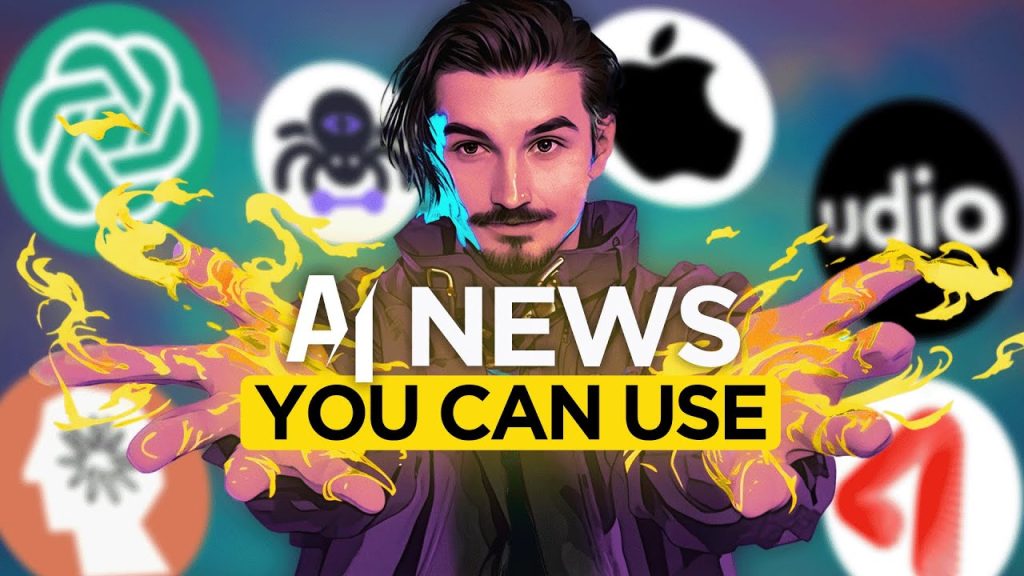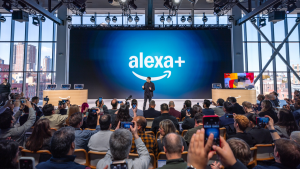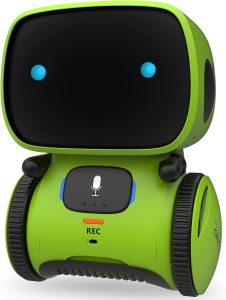AI Innovations: From GPT-2 Resurgence to AI-Generated Music

The world of artificial intelligence (AI) never ceases to amaze. This week, AI enthusiasts and experts are buzzing about several breakthroughs and exciting tools that are shaking up multiple industries. From a mysterious chatbot’s return to fresh AI applications in music, there’s a lot to unpack.
As technology continues to evolve, it’s fascinating to see how new developments unfold. In this dynamic field, unexpected innovations can become game-changers overnight. Meanwhile, some familiar tools and approaches continue to make headlines by improving upon their predecessors.
GPT-2 Chatbot’s Return
The GPT-2 chatbot has reappeared, surprising many with its unexpected return. This mysterious chatbot initially made waves when it hit the internet last week. It was accessible only through LMS y.org and allowed users to send a limited number of messages before it disappeared again.
Notably, the chatbot resurfaced under a new name and in two distinct forms. People reported that it now offers superior capabilities compared to GPT-4, particularly in coding. However, accessing it remains tricky and requires a bit of luck and persistence.
Exploring Claude’s New App
Claude has released a new app in the Apple App Store, but it is currently unavailable in Europe. Users outside Europe can enjoy both free and paid models of this app, adding another tool to their AI arsenal.
AI Speed Leaderboard
A new leaderboard ranks various large language models by their inference speed. Interestingly, the MixoL 7B running on Grok chips takes the top spot with an impressive 48 milliseconds.
In contrast, the fastest GPT-4 API on Azure clocks in at 230 milliseconds. This significant difference underscores the varying speeds at which these models operate, providing valuable insights for users and developers.
Cleanlab’s Trustworthiness Scores
Cleanlab’s innovative tool assigns trustworthiness scores to responses generated by large language models. These scores help determine the reliability of the information provided by the AI.
When you attach external files, the reliability of responses can vary. Cleanlab’s tool addresses this by offering a trustworthiness score, ensuring more dependable outcomes. This feature proves especially useful when handling large datasets.
The tool is currently in its demo phase, allowing users to experiment with its capabilities. While its effectiveness with extensive datasets remains to be seen, the concept shows promise for enhancing AI reliability.
AI in the Music Industry
Artificial intelligence continues to make waves in the music industry. One of the most notable examples is Drake’s use of AI to recreate the voices of Tupac and Snoop Dogg without their consent. This sparked controversy and led to the removal of the track from Spotify.
In contrast, Randy Travis used AI to regain his voice after a stroke damaged his speech and language abilities. By leveraging AI, he can create music once again.
These diverse applications highlight both the potential and the ethical dilemmas surrounding AI in creative fields. While some artists use it without consent, others benefit significantly from its capabilities.
Advancements in AI Music with Yudo
Yudo, a top-tier AI song generator, has made significant strides with recent updates. Previously limited to 30-second segments, the latest update allows for song extensions considering the entire track.
Paid subscribers now enjoy additional features, including in-painting. This allows users to modify specific parts of a track without regenerating the entire song, enhancing the tool’s usability.
These improvements make Yudo an increasingly powerful tool for AI-generated music, catering to both casual users and professional musicians. The updates address previous limitations, making it a more flexible and practical option.
Scrape Graph AI: A Practical Tool
Scrape Graph AI is a new Python package that simplifies website scraping in combination with prompts. Even non-technical users can easily leverage this tool through its user-friendly interface.
By inputting a website link and an API key, users can quickly collect data and organize it according to their needs. This makes it a valuable resource for gathering and processing information from the web.
Combining AI Tools for Unique Results
Users can achieve unique outcomes by combining different AI tools and technologies. For instance, Jared Lou demonstrated the use of Project Neo and Adobe Firefly to create stunning visuals.
Project Neo allows users to design 3D scenes, which can then be enhanced using Adobe Firefly’s reference image feature. This combination results in impressive, customized images.
Such integrations exemplify the limitless possibilities of AI. By exploring and experimenting with various tools, users can unlock new potential and achieve innovative results.
All in all, AI continues to evolve rapidly, bringing unexpected yet fascinating developments.
From the mysterious reappearance of the GPT-2 chatbot to AI’s groundbreaking impact on the music industry, these advancements highlight AI’s unmatched potential and occasional ethical challenges.
Clearly, understanding and utilizing these innovations can lead to unique and powerful applications for everyday users and professionals alike.





